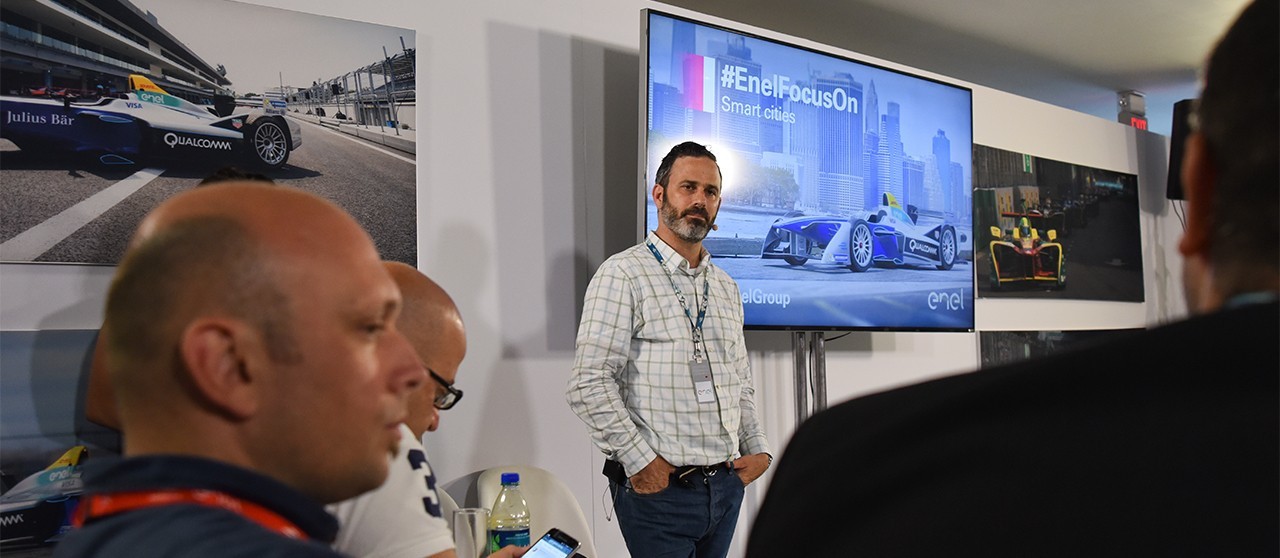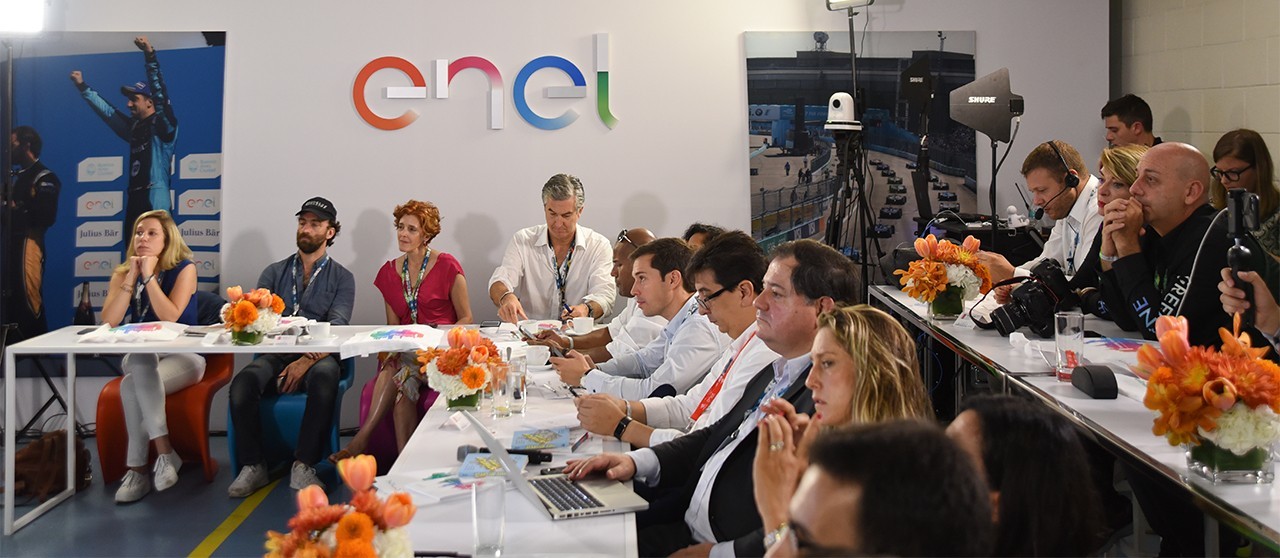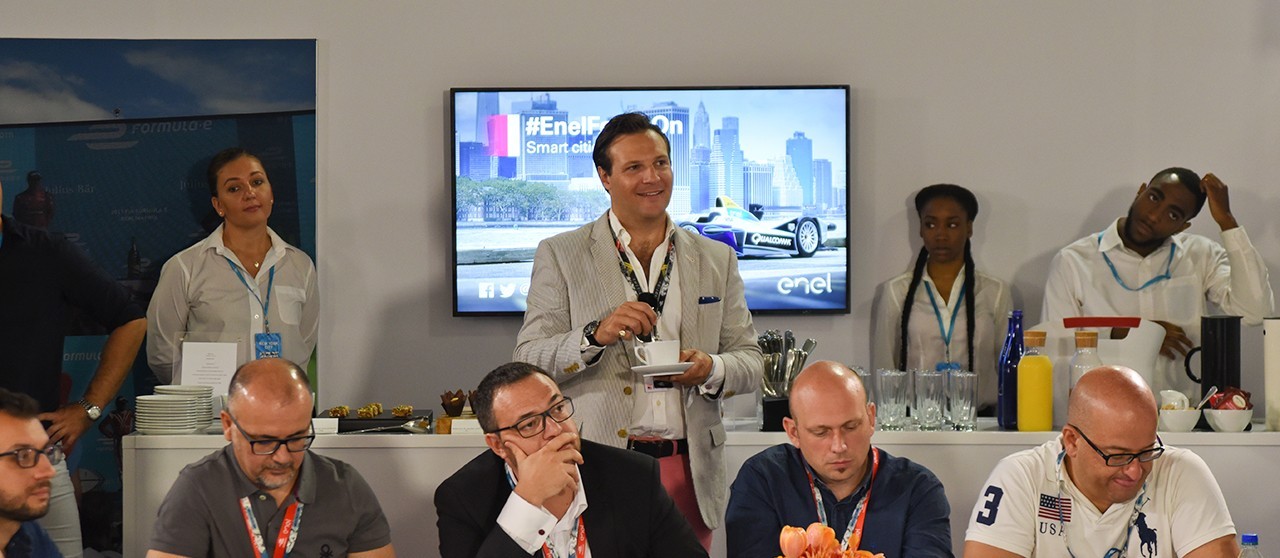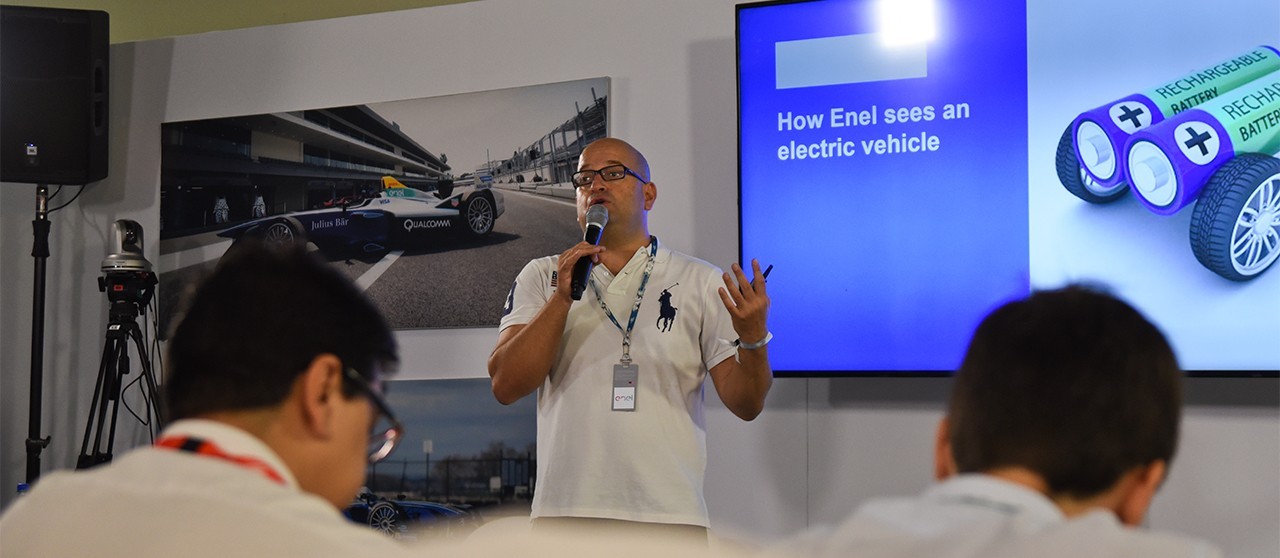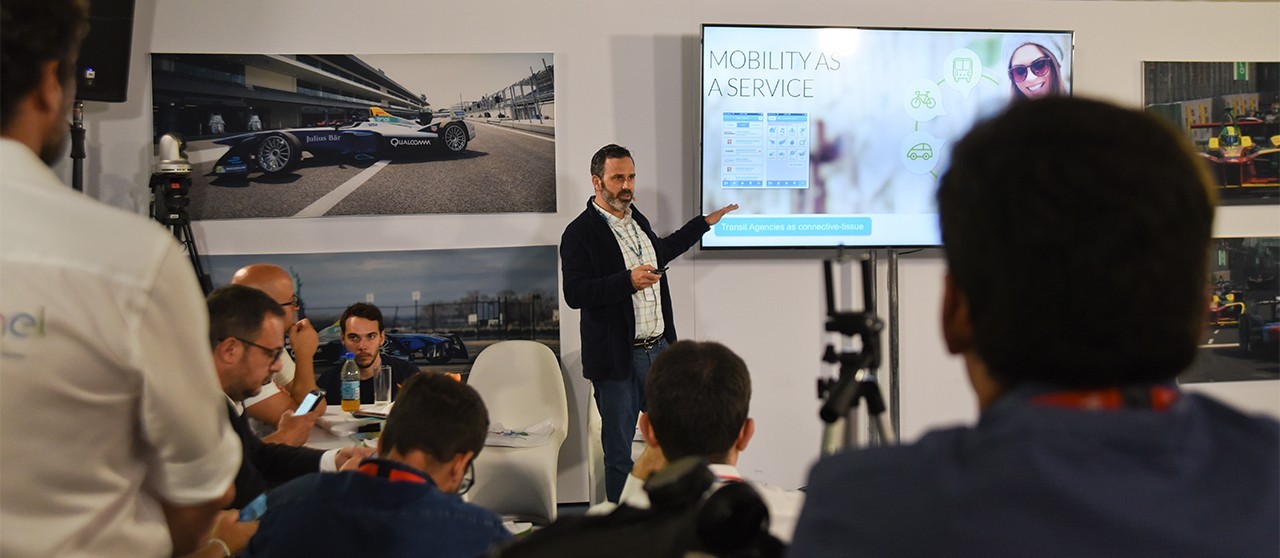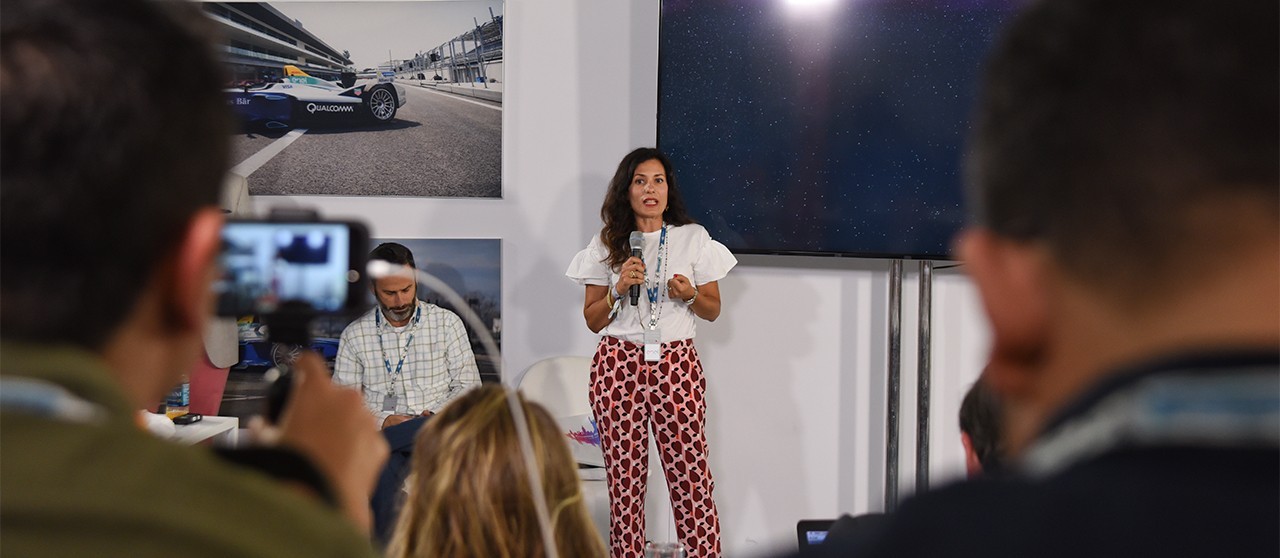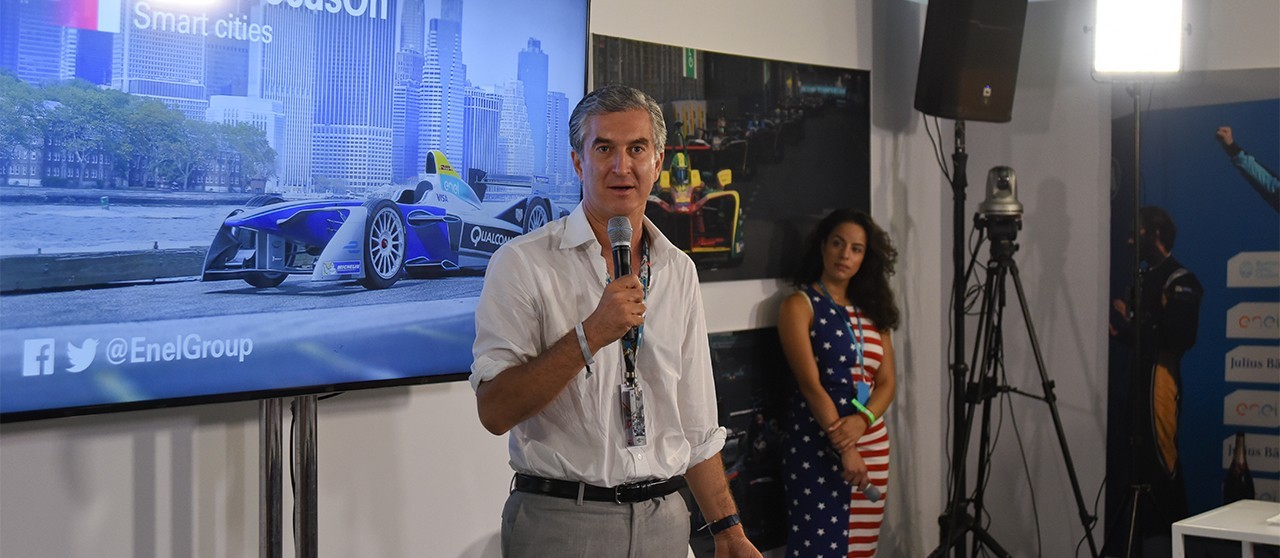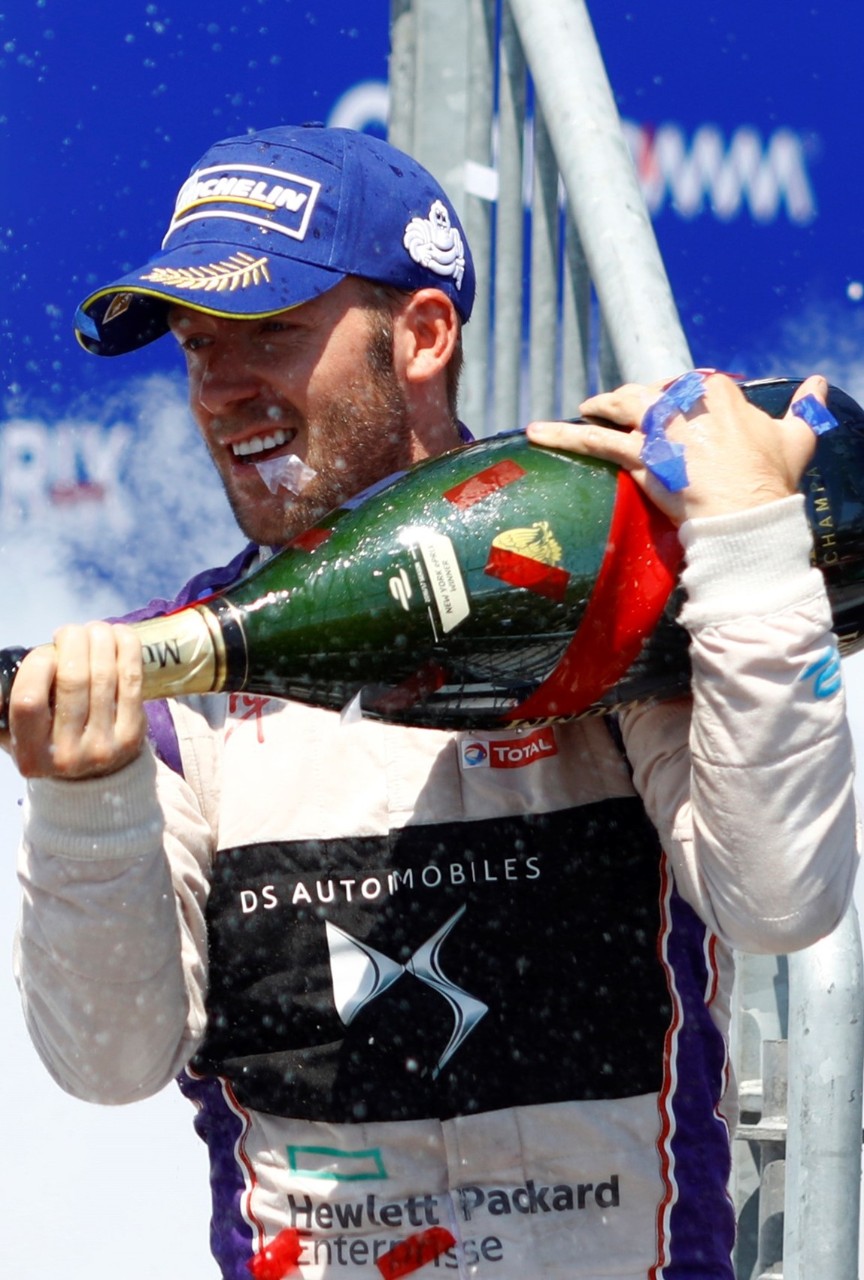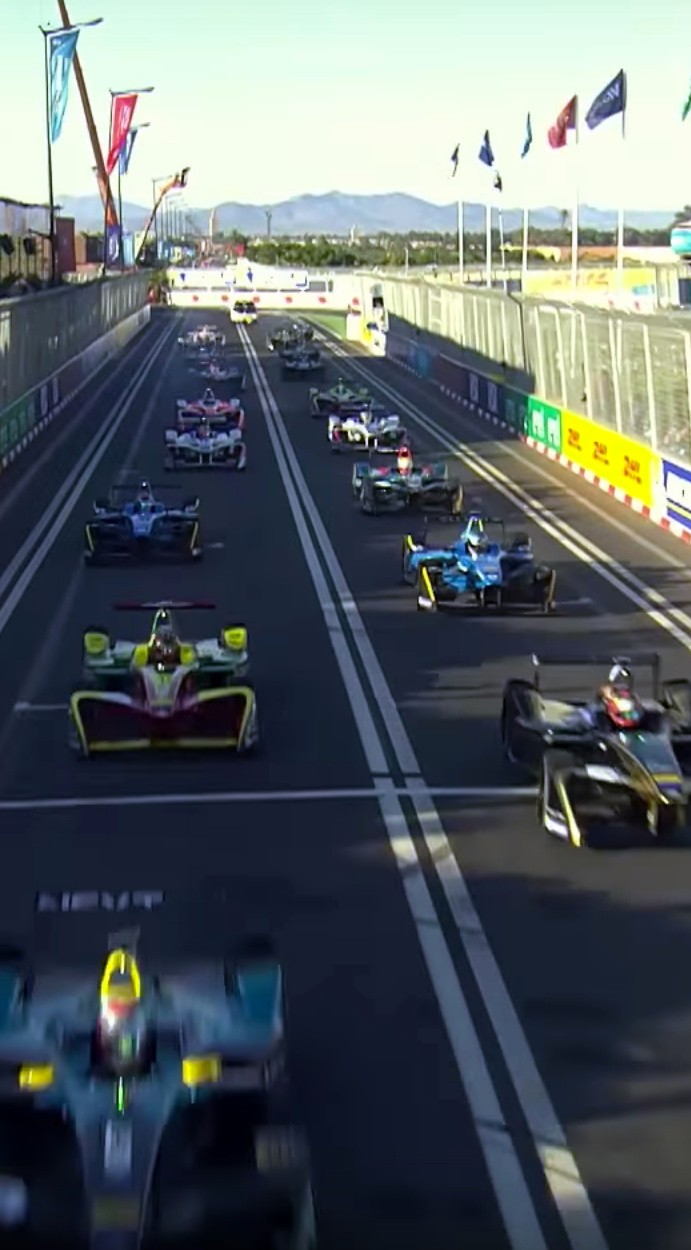“Companies such as Enel or Tesla are driving incredibly important changes during a moment in history that has been marked by an ideological void, especially in today’s United States, concerning the will to recognise and face up to global warming and its causes”
“Everybody views an electric car as a vehicle for getting from A to B,” explained Ernesto Ciorra, Head of Innovation and Sustainability at Enel during the open talk introduced by Ryan O’Keeffe, Enel Head of Communications. “We, on the other hand, see them as batteries on wheels. Just plug them in and they can become an integrated part of the electricity grid, helping to stabilize the grid when they aren’t being used as a form of transport, i.e., for the majority of their working lives. This idea is at the heart of our Vehicle to Grid technology.”
“The Vehicle to Grid technology enables even greater use of renewables, which require forms of storage in order to guarantee constant flows of energy. This apparently simple idea is capable of drastically reducing a city’s environmental impact”
There are further positive signs from those that have acknowledged the scale of the problem, such as Volvo that has recently announced that from 2019 its cars will all include electric motors, or the governments of India, Holland, Norway and France, that have decreed a halt to the sale of combustion engine vehicles between 2025 and 2040. These cases were mentioned also by some of the many experts and influencers interviewed at the round table, including Heather Clancy (GreenBiz), Ankita Rao (Motherboard/VICE), Daniel Stedman(Brooklyn Magazine), Kate Burson (Tesla), Andy Palanisamy (TransportGooru).
“We know that e-mobility is coming, and it will take over. But then also seeing the opportunity for new business, and the way we can see a vehicle as an energy asset and not just a car, that will connect even more with consumers,” explains Kate Burson. “Fossil fuels are doing huge damage around the world, and to move away from that, electric mobility is going to be a key factor. And Formula E is exactly what we need to show people that sustainability can come hand in hand with performance and that it can offer the same flexibility and mobility as a regular car.”
“The private sector and the public sector are working together on car sharing, electric vehicles and how these effect the grid,” explained Heather Clancy. “And what I see a company like Enel doing is proving the infrastructure is there to let this happen in a smart, innovative, fast way. The way to find out if something is going to work is if you really push it to the limit. Formula E is not just entertaining; until you push the technology to the limit you can't really know what an electric car can do.”
But technology alone has little power unless it is backed by vision and a good dose of courage. “Ten years ago the rule was not to give lifts to strangers. Today we have BlaBlaCar,” explained Ciorra. “Over time we’ve followed rules dictated by habit, until someone has come along and broken those rules and demonstrated the possibility for a better life. At Enel we’re committed to doing just that: breaking the rules in order to create better cities and a better quality of life.”


